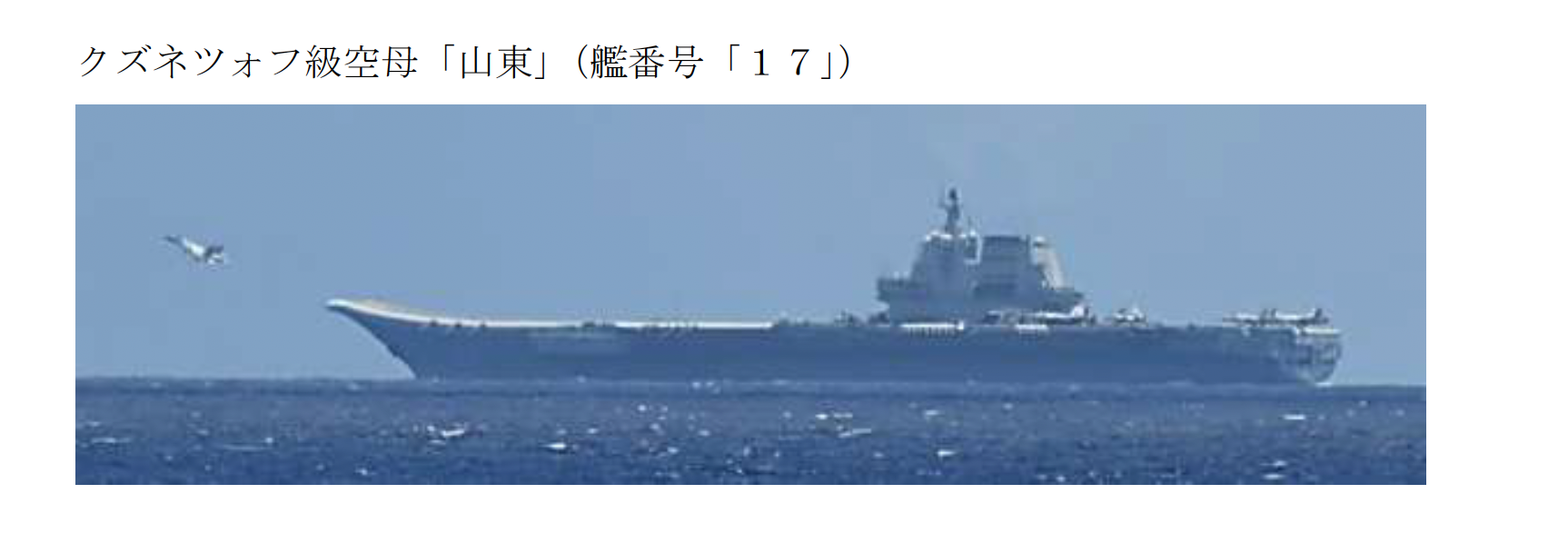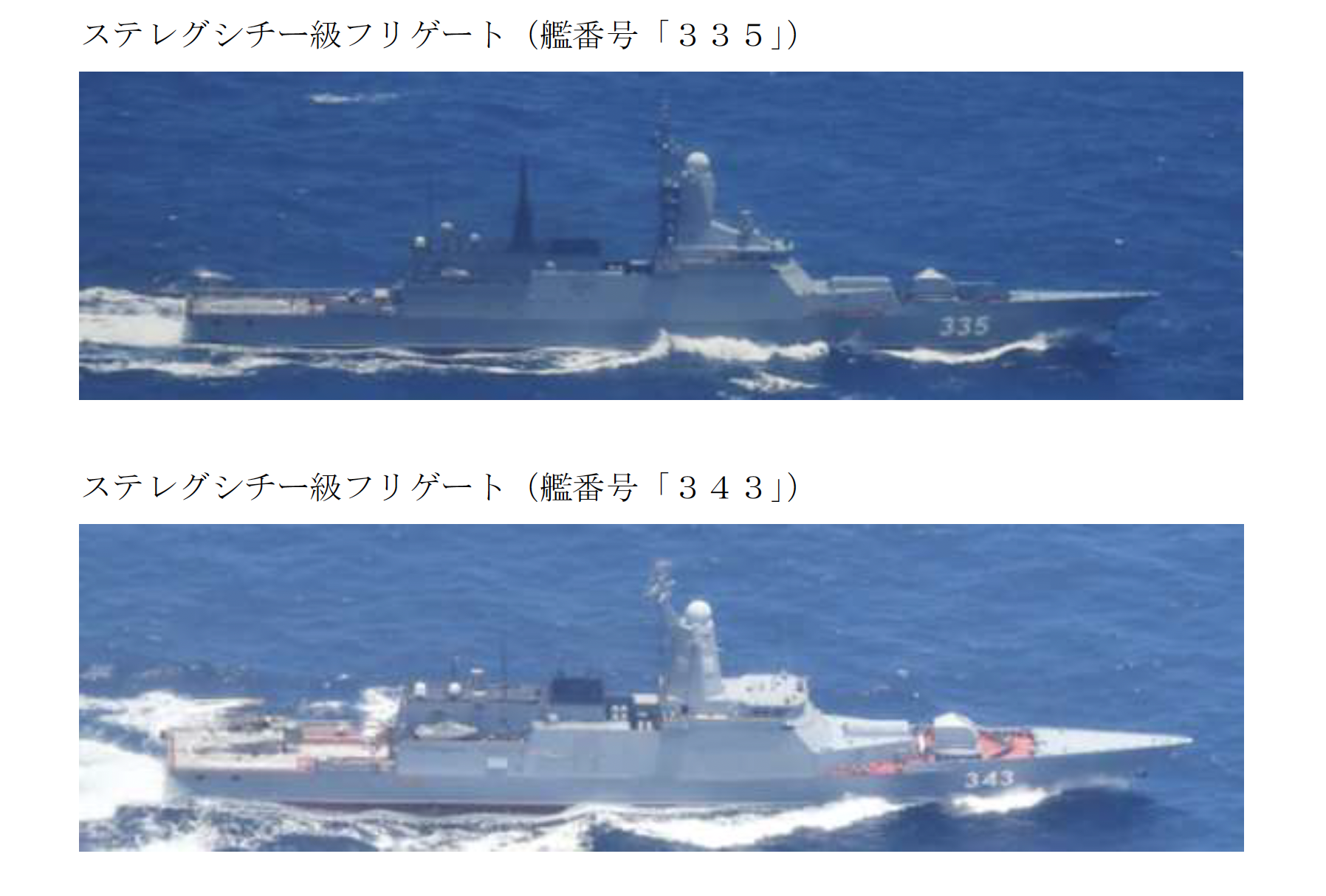World
Chinese Carrier Strike Group Operating in Philippine Sea – USNI News

China’s People’s Liberation Army Navy Shandong Carrier Strike Group is now operating in the Philippine Sea, marking the first time this year that the aircraft carrier has deployed outside of the South China Sea.
The last deployment to the Philippine Sea was in October and November of last year. A joint PLAN-Russian Navy patrol is also currently operating in the Philippine Sea, while Russia also dispatched two corvettes on Monday for an Indo-Pacific deployment.
On Tuesday, carrier CNS Shandong (17), cruiser CNS Yan’an (106), destroyer CNS Guilin (164) and frigate CNS Yuncheng (571) were sighted sailing in an area 323 miles southeast of Miyako Island, according to a news release from Japan’s Joint Staff Office.
Shandong was also observed conducting flight operations with its fighter aircraft and helicopters, according to the release. Japan Maritime Self-Defense Force destroyer JS Akebono (DD-108) monitored Shandong and Japan Air Self-Defense Force fighter aircraft scrambled in response to the carrier’s fighter launches, according to the JSO relwase.
Shandong previously sailed within 230 miles of Luzon on June 26 before moving back to the waters near Hainan Island and subsequently conducting drills with other PLAN ships in the South China Sea.
The Shandong CSG deployed to the western Pacific three times last year. Its initial deployment was in April, when it operated for 19 days in the Philippine Sea, followed by a five-day deployment in the Philippine Sea in September. The third deployment to the Philippine Sea lasted 12 days in October and November.
The joint PLAN-Russian Navy patrol featuring Russian Navy corvette RFS Sovershenny (333) and PLAN destroyer CNS Yinchuan (175), frigate CNS Hengshui (572) and fleet oiler CNS Weishanhu (887) is also operating in the Philippine Sea. The joint naval patrol included training in the Philippine Sea on inspecting suspicious vessels, according to a Tuesday release from the Russian Navy Pacific Fleet. The joint patrol is an annual event between the two navies that first began in 2021, though this year’s patrol appears to be scaled down from previous years’ patrols, which included ten ships or more from both navies.
Earlier on Monday, the Russian Navy Pacific Fleet announced that corvettes RFS Gromkiy (335) and RFS Rezkiy (343) left their homeport of Vladivostok to conduct a number of exercises, including searching for and destroying mock enemy submarines, in the Asia-Pacific region. The ships will also work on joint procedures for air defense and anti-sabotage defense at sea. Upon departure, the two corvettes also carried out training to repel unmanned aerial vehicle attacks, according to the release.
The release did not state which countries the two corvettes would visit and conduct exercises with, but on June 12, the Indonesian Navy issued a release stating that it was carrying out the final planning conference for the Indonesian Navy-Russian Navy bilateral exercise Orruda 2024. Indonesia said it would be the first-ever bilateral naval exercise between the two navies. The Russian Navy previously only drilled with the Indonesian Navy in multilateral naval exercises, including the Indonesian Navy-led Komodo series.

Japan tracked the movements of the two Russian corvettes as they sailed past Japan, according to a Monday news release from the JSO. At 11 p.m. local time on Sunday, Gromkiy and Rezkiy were sighted sailing south in an area 37 miles northeast of Tsushima and on Monday sailed through the Tsushima Strait toward the East China Sea. Fast attack craft JS Shirataka (PG-829) and JMSDF P-1 Maritime Patrol Aircraft of Fleet Air Wing 4, based at Naval Air Facility Atsugi on the main island of Honshu, shadowed the Russian ships.
The JSO also issued a second release on Monday stating that on Saturday at 4 p.m. local time, Russian Navy surveillance ship Kareliya (535) was sighted sailing west in an area 99 miles east of Miyako Island and subsequently sailed north in the waters between Miyako Island and Okinawa to enter the East China Sea. Multi-purpose support ship JS Amakusa (AMS-4303) surveilled the Russian ship, according to the release.
A third release on Monday reported that in the morning and afternoon of that day, a Chinese TB-001 reconnaissance and attack drone flew in from the East China Sea, passed between Okinawa and Miyako Island and subsequently circled around the Philippine Sea before returning back the same way to the East China Sea. JASDF fighter aircraft of the Southwest Air District scrambled to intercept, according to the release.







:max_bytes(150000):strip_icc()/roundup-writereditor-loved-deals-tout-f5de51f85de145b2b1eb99cdb7b6cb84.jpg)


